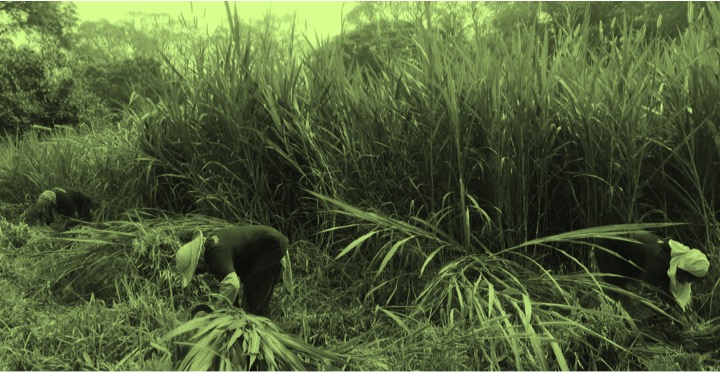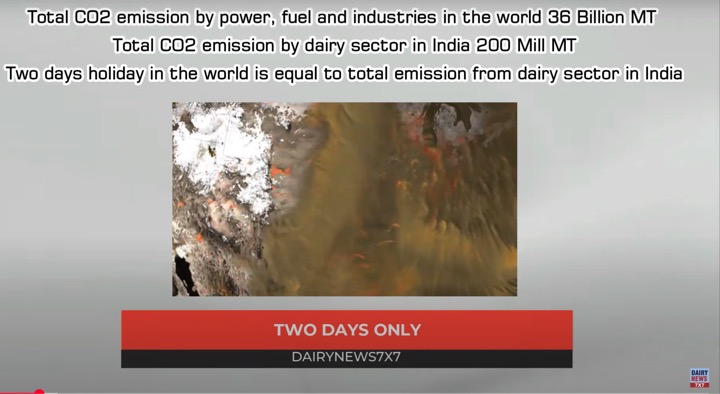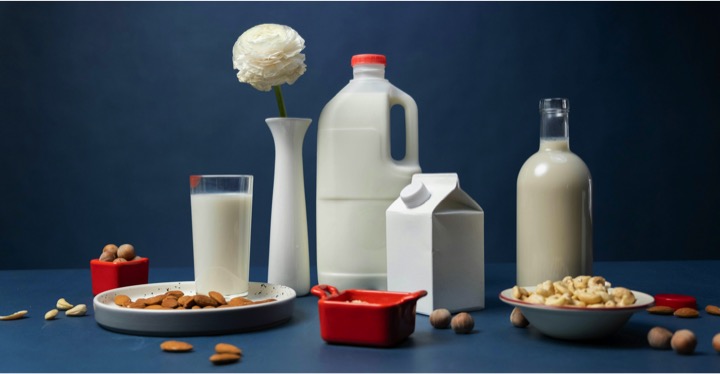New Delhi: India is facing a major shortage of dry fodder, according to two scientists at the Indian Grassland and Fodder Research Institute (IGFRI), pointing to a supply gap that could further inflate milk prices.
The shortage of between 25% and 90% of the critical livestock input is put down to increased cattle population, low availability of grassland area, stubble burning and use of paddy straw—that would otherwise become fodder— for ethanol production.The 25% shortage in dry fodder is in mainland regions, but it’s much more pronounced in northeastern states and Himachal Pradesh, where it is up to 90%, according to one of the scientists at the Jhansi-based research institute.
Both scientists spoke anonymously to Mint.
The development assumes significance because retail milk prices have shot up year-on-year, as fodder, a key feed ingredient for livestock, has become more expensive. On Sunday, the all-India average retail milk price stood at 57.52 a litre against 54.9 during the corresponding period last year.
Fodder makes 70% of the cost of livestock management, with the remaining 30% going on breeding and healthcare, this person said.
The second scientist said the shortage of dry fodder is mainly because of the diversion of paddy straw to industry for ethanol production, shrinking grassland and an exponential rise in livestock population.
India’s cattle population has gone up from 40 million at Independence to 527 million now, as per the 20th Livestock Census, released by the ministry of fisheries, animal husbandry and dairying in June.
However, the area described a grassland has remained nearly the same as at Independence.
The growing mechanization of agriculture has also impacted the natural sources of dry fodder, such as the crop residue generated from husking of paddy, wheat, pulses, and oil meal cakes, the second person said, adding that 40% of crop residue is utilized for livestock feed.
Currently, India is dealing with a fodder crisis with the daunting challenge of producing enough feed and fodder from an already shrinking land resource.
As per the Land Use Statistics 2018-19, out of India’s landmass of 328.7 million hectares, 139.3 million hectares is the net sown area and 197.3 million hectares the gross cropped area. Additionally, erratic fodder supply during the summer months or a drought-like situation widens the gap in the supply chain.
The recently estimated deficit in green fodder is 11.24%, and 23.4% in the case of dry fodder.
“The shortage is regional and seasonal as well. During monsoon, production increases while in summer, it reduces to a minimum level. The grassland area is declining. We are demanding for creation of national grassland authority with the mandate to identify all grassland areas available in the country and work on its sustainable use,” the second scientist said.
Queries sent to the animal husbandry and dairying department, agriculture department and IGFRI remained unanswered at press time.
India ranks fourth in global feed production with 43.3 million tonnes. The global animal feed market was $501.9 billion in 2022 and is expected to grow to $606.3 billion by 2028, according to the International Feed industry Federation.<p>
As per the Food and Agriculture Organization, the world has to produce 60% more food by 2050 to feed a total population that is expected to rise to 9.3 billion. This also has implications for animal-based protein production, which has to increase.
Source: The Mint Dhirendra Kumar and Puja Das
























